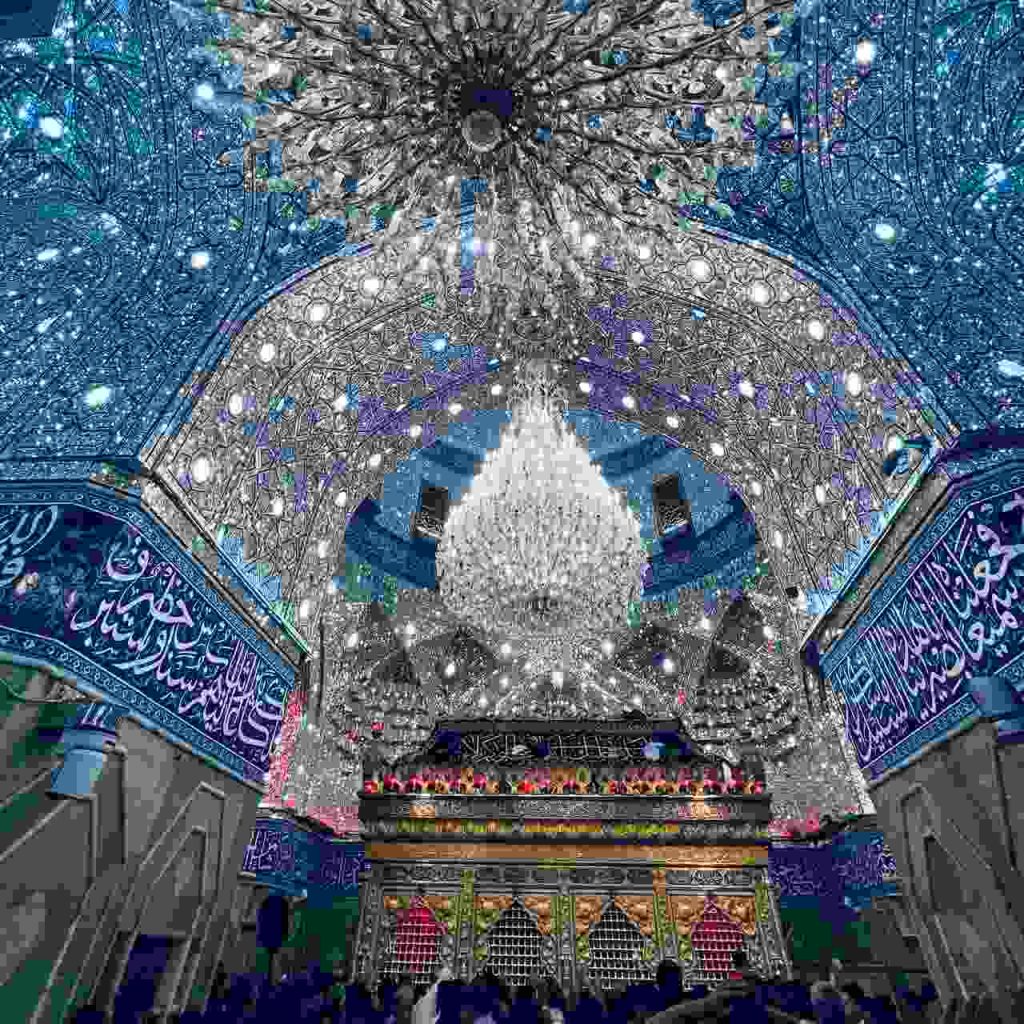Journey through Karbala’s sacred embrace, where Imam Hussein’s shrine tells the narration of courage. Adjacent, in Najaf, Imam Ali’s majestic abode stands, a sanctuary of tranquility. These sister cities weave a narrative enriched by Ottoman echoes on Al-Bida’s Bridge and the sacred whispers in Najaf’s Masjid Al-Sahla. Naher Al-Furat’s serene waters in Karbala hold untold stories, while Najaf’s Wadi Al-Salaam echoes with the whispers of time. Together, Karbala and Najaf beckon, unfolding the mystical tapestry of Shia heritage and mystique. In this article we examine Najaf and Karbala tour.
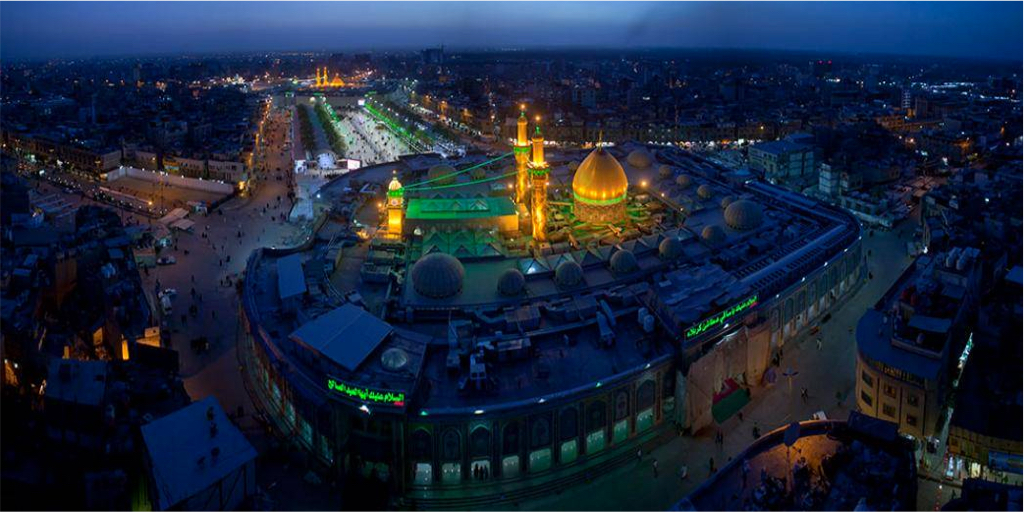
Sights of Karbala city
Karbala, a city with profound spiritual significance for millions of Shia Muslims, stands as a sacred destination renowned for its religious and historical landmarks.
Najaf and Karbala tour: Shrine of Imam Hussain (AS)
The court of Hazrat Abu Abdallah was first built by Mukhtar Thaghafi. After that, despite repeated destructions, it was restored and developed many times by the lovers of this innocent Imam. The holy bodies of his children, Hazrat Ali Akbar and Ali Asghar, are also buried in this court. Hazrat Ali Asghar is buried on the blessed chest of Imam Hussain and Hazrat Ali Akbar is buried under his feet. There is also a silver window in the eastern part of the shrine, which is the tomb of the martyrs of Karbala.
7 interesting Places to visit in Jeddah
Shrine of Hazrat Abbas (AS)
Hazrat Abbas is the noble son of Hazrat Ali (AS) and Umm al-Banin, who was martyred in the Karbala incident when he went to Alqamah river to fetch water. The shrine of Hazrat Abbas is located at a distance of 378 meters and in the northeast of the shrine of his honorable brother, Imam Hussein (AS). The distance between these two shrines is called Bin al-Harameen. This shrine is built in the style of Islamic architecture and consists of a courtyard, a shrine, a portico, a porch, a fountain, a rosary and a dome. The history of its construction also goes back to the era of Al Boyeh.
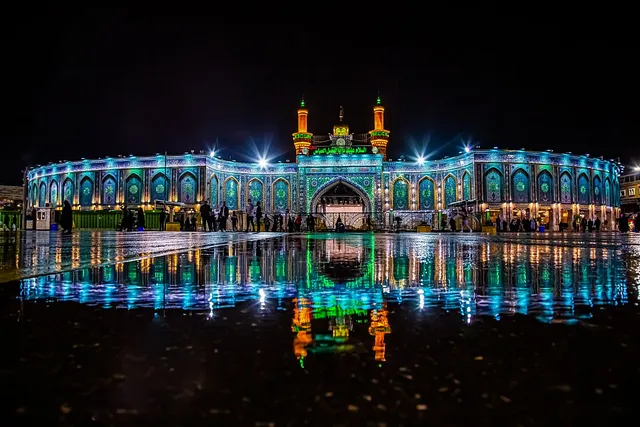
between the two temples
As mentioned, the court that is located between the shrine of Imam Hussain (a.s.) and the shrine of Hazrat Abbas (a.s.) is called between the two shrines. This courtyard was created during Saddam’s time with the aim of creating the necessary space for pilgrims. The space between the two shrines was previously occupied by residential houses and commercial buildings.
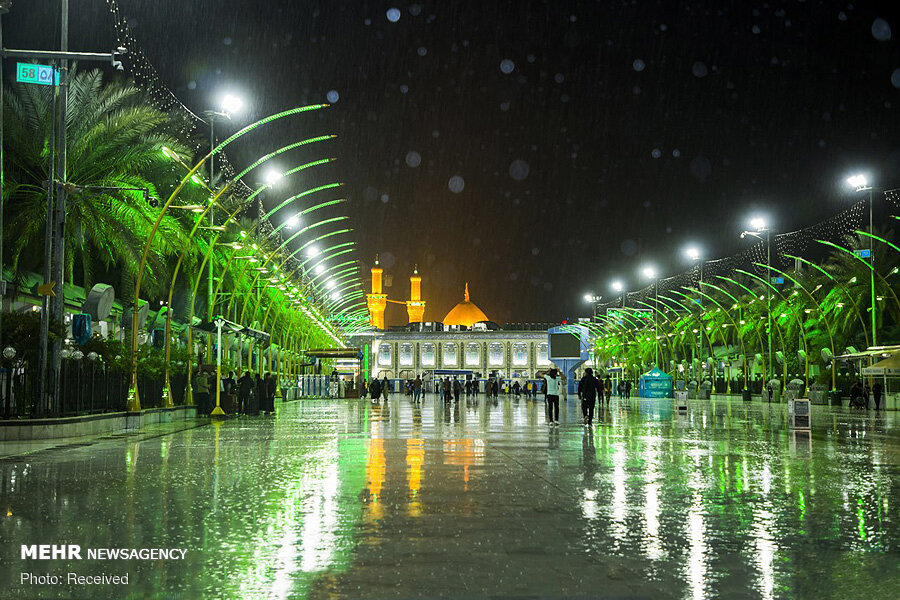
Tomb of Muslim children
Ibrahim and Muhammad are the children of Muslim bin Aqeel, who were martyred by one of Omar bin Saad’s soldiers in 61 AH. His shrine and burial place is located in a village named Taiflan Muslim. This village is located around the town of “Masib”, about 30 km from the Karbala-Baghdad road, on the side of the Euphrates River.
Muslim Children’s Shrine has two turquoise colored domes and its main door opens to a large rectangular courtyard. The shrine of Ibrahim bin Muslim is located on the eastern side of the shrine and the shrine of Muhammad bin Muslim is located on its western side, and the distance between these two shrines is about 6 meters. One of the main plans to visit the places of interest in Karbala in the Karbala tour of the Hajj and Pilgrimage Organization is to visit the Tomb of Muslim Children.
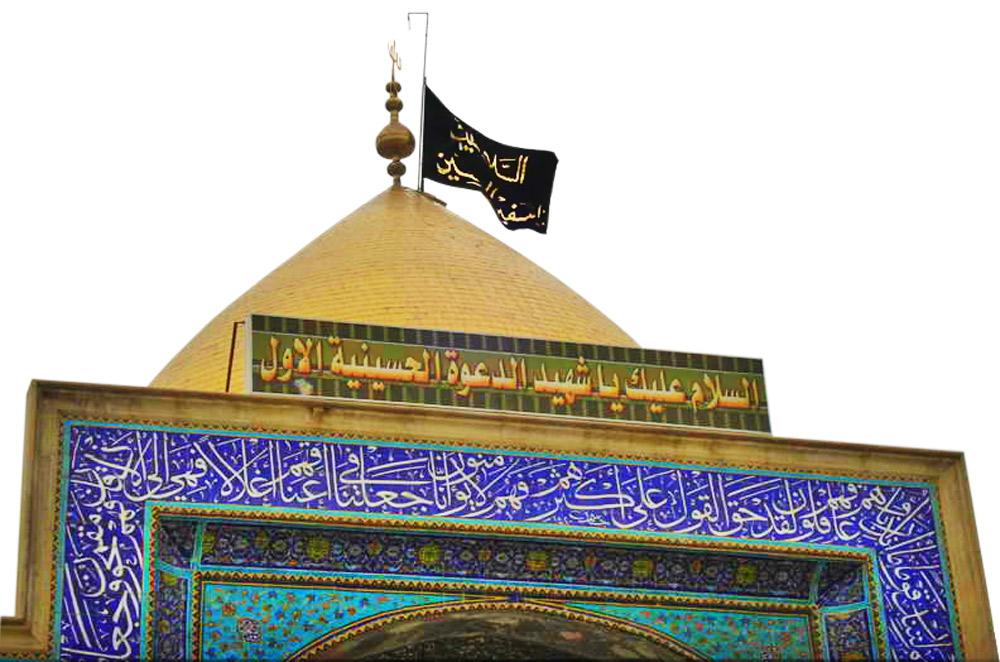
Alqamah stream of Karbala
It is the name of a river that originates from the Euphrates River and leads the Euphrates water to the lands around Karbala. Some have spread rumors that Hazrat Abul Fazl was martyred on the day of Ashura, in Alqamah stream; But some people believe that Al-Qama river was built by Jed Ibn Al-Qami, the last vizier of the Abbasids, and for this reason, they named this river after him and rejected the martyrdom of Abbas bin Ali (AS) in this place.
On the other hand, some Shiite sources have equated the Euphrates River with the Alqamah River and while explaining the rituals of Husayn bin Ali (a.s.) pilgrimage, they have ordered to take the pilgrimage bath in the Alqamah River. Because of this, Alaqmeh stream has become one of the places of interest in Karbala.
White Bridge
Qantara al-Bayda is the name of one of the historical monuments of Karbala city, which was built by Sultan Suleiman, the Ottoman king in 1550. This bridge is one of the oldest bridges built by the Ottomans, which was built to connect the two sides of the river during the creation of Nahr Hosseinah. The white bridge was built at the place of prayer of Imam Ali (a.s.) on his way to Safin. Also, the first place where after passing through the palm groves, the works related to the shrine can be seen there, it was in this place, which is known as one of the reasons for naming this place Qantara al-Bayda.

Najaf and Karbala tour: Sightseeing places in Najaf city
The shrine of Imam Ali (AS) in Najaf is one of the city’s attractions. The historical structure has a long history with large doors, beautiful porches, and artistic porticoes such as Bab al-Tousi and Bab al-Zahhab. Also, the tomb of Kamil bin Ziyad and the shrine of Hazrat Adam and Noah are also considered to be among the religious and historical attractions of the city.
Shrine of Imam Ali is one of the famous places in Najaf
Hazrat Ali’s shrine is located in the center of Najaf city. As we mentioned earlier, the initial structure of the city of Najaf was formed after the construction of the first court of Hazrat Ali (AS). So that the streets of Najaf end in the shape of a star at the Haram. The shrine of Imam Ali has been renovated and developed by many people over the years. The present building of the shrine is one of the works of Al Boyeh and its courtyard is a work of the Safavid era, which includes four doors, five porches, a large courtyard and a shrine.
The four main doors of the courtyard:
in the north (Bab al-Tousi)
in the east (Bab al-Zhab)
in the west (Bab Soltani)
in the south (Bab Qibla)
Courtyard porches:
Ivan Mizab Al-Dahaab (Gutter of Gold)
Ivan Gold
South porch (Ivan al-Kabir)
North porch
Ivan Ulama
The holy grave of Hazrat Ali (AS) is located in a Khatamkari box that was built during Shah Ismail’s Safavid era. The porticoes on the four sides of the court were also made by Iranian artists. There are tombs of religious elders around the courtyard. On the second floor of the hall, there are also cells that were the residence and study place of students in the past. The development and improvement of the shrine is still ongoing. Most of the mosques and holy places that are introduced below are located within the Haram.
Adam’s grave in Najaf Ashraf
The burial place of Prophet Adam and Noah is not known for sure, but there are many narrations that mention their place in Najaf. There is a tradition of Imam Sadiq (a.s.) who says: “Know that whenever you visited Hazrat Ali (a.s.), you also visited Hazrat Adam and Noah.” He also says in another narration: “Kufa is one of the gardens of heaven, the grave of Prophet Noah, the grave of Prophet Abraham, the grave of 370 other prophets and the grave of Prophet Ali (AS) are located in it.”
Kamil bin Ziyad Nakhai shrine
The prayer that is known today as the prayer of Kamil is actually the prayer of Hazrat Khizr that Amirul Momineen taught to Kamil. Kamil was one of the faithful children and companions of Hazrat Ali (AS). He was in prison at the time of the Karbala incident and was released exactly one day after Ashura. After that, he fought alongside Mukhtar and was finally martyred by “Hajjaj Thaghafi” at the age of 68. Kamil’s tomb is located on the way from Najaf to Kufa and near Hananeh Mosque.
Concluding Though
Embarking on a tour through Najaf and Karbala is an odyssey of spiritual resonance and historical richness. In these sacred realms, the echoes of revered personalities intertwine, creating a tapestry of faith and courage. The shrines of Imam Ali and Imam Hussein stand as luminous beacons, guiding pilgrims through the corridors of Shia heritage. From the ethereal tranquility of Najaf to the poignant tales of Karbala, this journey transcends time, offering a profound connection to the essence of Shia Islam. In every step, the air is infused with devotion, inviting travelers to immerse themselves in the sacred narrative of these sister cities, where spirituality and history converge in a harmonious dance.

